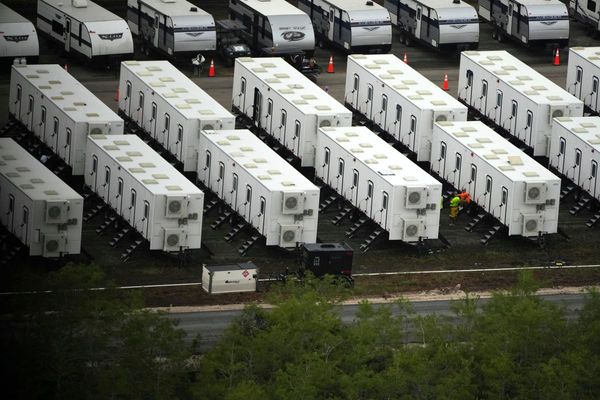
Are you struggling to keep clutter from building up in your home? Professional organizers say having a decluttering schedule, much like a cleaning routine, can stop the cycle of clutter in your home in its tracks.
Here, productivity experts and seasoned home organizers share why pairing your favorite decluttering tips with a robust decluttering schedule serve you much better, and how to use these new routines efficiently to get organized.
Do you need a decluttering schedule?
According to productivity life coach and professional organizer Emily Guerra, founder of The Productivity Flow, most of us should consider creating a decluttering schedule as part of creating an achievable cleaning routine.
She shares, ‘Yes, I believe decluttering schedules can be super effective for keeping your home organized. A set schedule ensures that clutter doesn’t accumulate to an overwhelming level and helps keep you accountable and consistent.
‘However, flexibility is key,’ she adds, ‘which also means occasionally decluttering spontaneously whenever you notice buildup can prevent small messes from turning into bigger projects. A balanced approach, combining routine decluttering with as-needed tidying, creates a more manageable and stress-free home environment.’
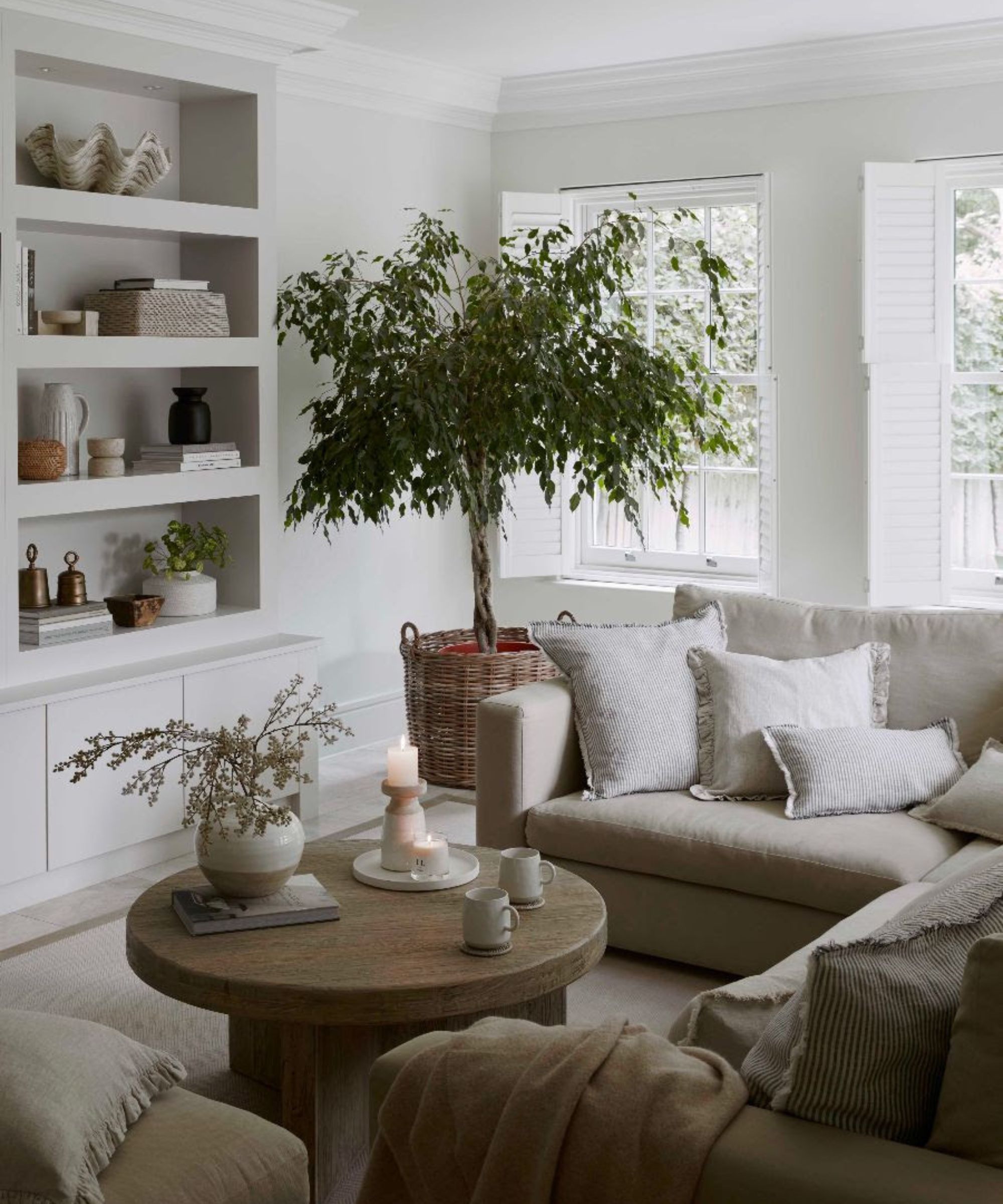
Separate from a weekly organizing schedule, a decluttering schedule earmarks time to regularly hunt for sources of clutter in your home and deal with them before they start to get out of hand.
Home stager and expert organizer, Barbara Brock, continues, ‘Decluttering can happen in small steps. Perhaps you want to declutter a drawer, a shelf, or a cabinet. This type of decluttering can be scheduled weekly or monthly to stay on top of the mess. If it’s to declutter a garage, for example, probably it’s best to declutter annually so you can schedule help.’
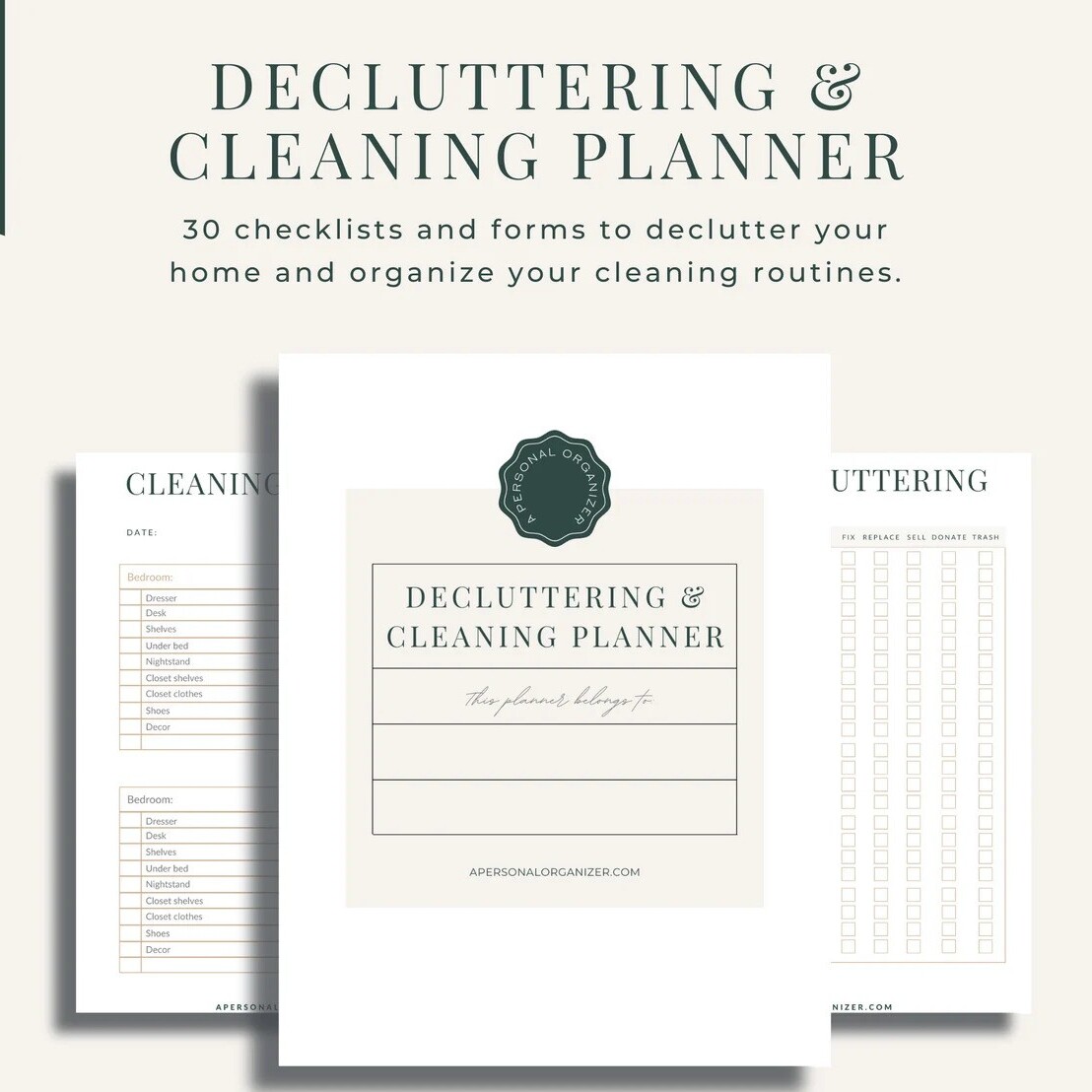
This print out decluttering planner breaks down decluttering into rooms and categories for you, so getting a start on this overwhelming task can feel a little easier.
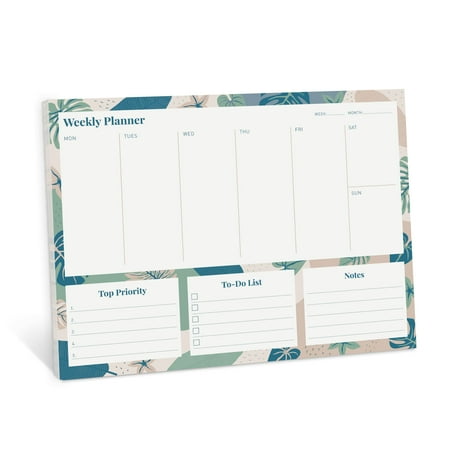
Having an undated planner visible on your desk is a great way to keep on top of all your important tasks without having to dig through a journal or digital calendar. It also offers an easy space to make notes to reduce your mental load.

Using a planner and writing down your goals is one of the best ways to set yourself up for a successful decluttering session. This journal comes with daily to-do lists, habit trackers, and goal-planning sheets to help you set targets and foster healthier routines.
That being said, Jill Yesko Diana, professional home organizer at Discover Organizing urges caution in setting yourself a strict schedule.
She says, ‘Decluttering schedules can be highly effective, particularly for those experiencing chronic disorganization, providing consistency, accountability, and a structured path forward. However, some may struggle to commit to scheduled decluttering due to attachment to items or anxiety about change.
'Not to mention that sessions require dedicated time, and some individuals may struggle to prioritize organizing over other responsibilities. A well-structured decluttering schedule should align with personal needs, goals, and emotional readiness.’
How to create a decluttering schedule

To set yourself up for a successful decluttering session, you need to create a schedule that will work for you and your existing routine. Otherwise, you may find that you skip decluttering altogether. Working against yourself is one of the main reasons you can’t stay organized.
1. Pair decluttering with existing habits
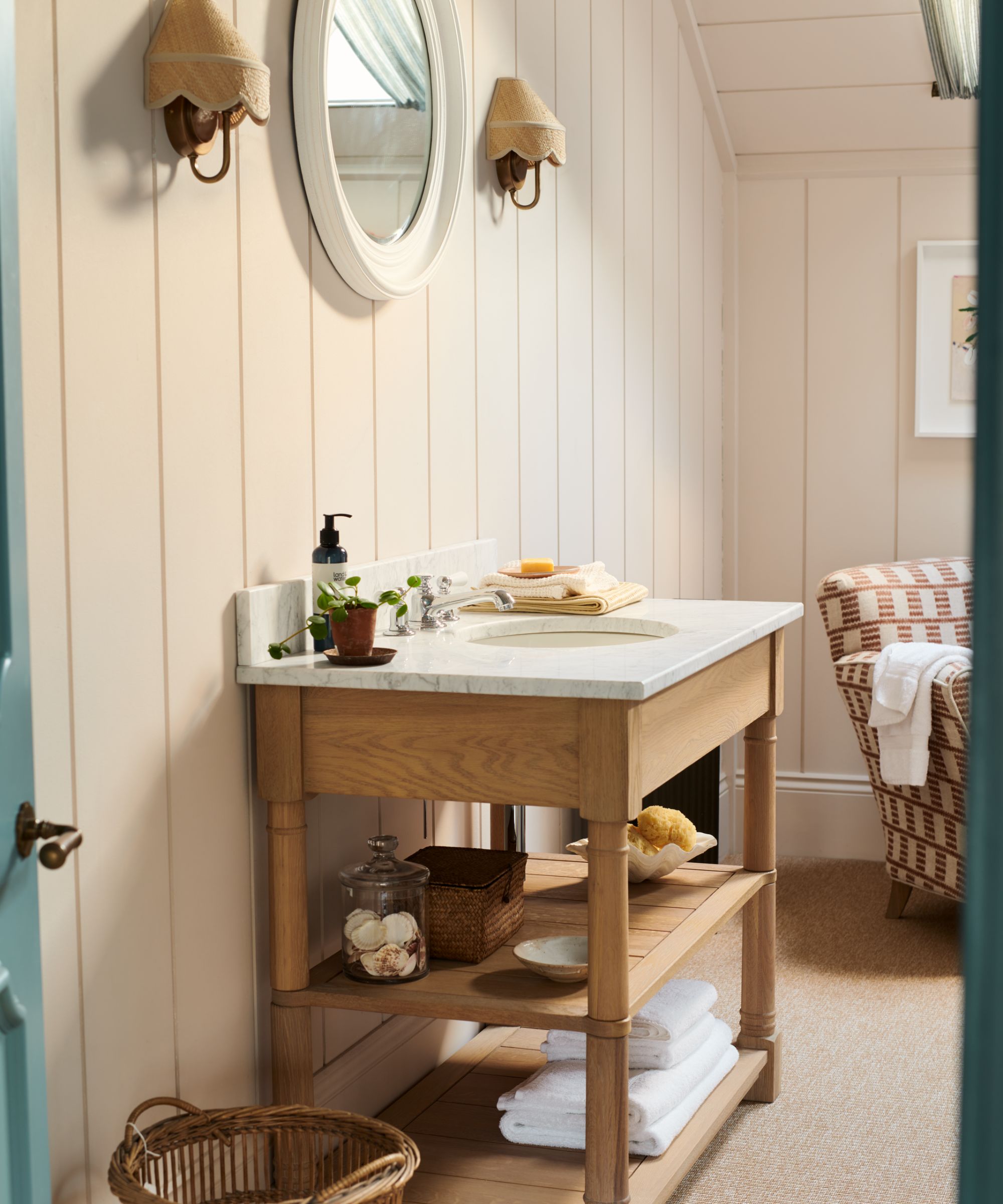
Pamela Wilkie, professional organizer at Joyganize shares, ‘I think the best way to create a decluttering schedule is to task stack, adding decluttering onto existing habits, helping you avoid decluttering when you feel overwhelmed.
‘Do you do a big grocery run once a week? Pair that with decluttering the fridge of expired food, leftovers that are past their prime, and wilted produce. Do you clean the bathroom every Saturday? Instead of just cleaning the mirror on the vanity cabinet, take a couple of minutes to check inside the cabinet for anything that needs to be tossed. Do you make your bed every morning? Add decluttering nightstands. As soon as you pick up the mail, recycle the junk mail instead of leaving it in a pile on the hall table.
‘In other words, you’re redefining what it means to complete a task, with decluttering one of the included steps. Adding decluttering to routine tasks – ideally, ones you do daily or weekly – ensures that you’re decluttering regularly and removes the stress of following a special, separate decluttering schedule.’

Decluttering is also a great time to clean and disinfect surfaces. This Method spray is made with a plant-based formula to help clean without harsh chemicals.
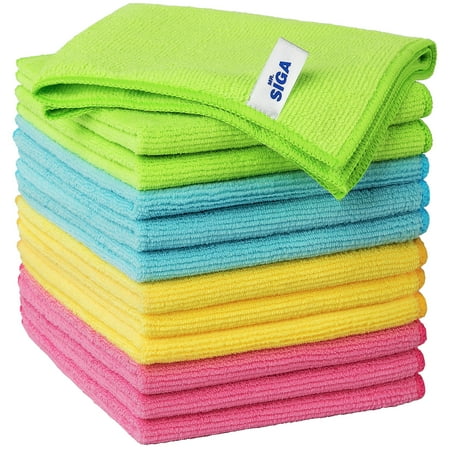
Keep a microfiber cloth in each main room of your home, such as the bathroom, bedroom, living room, and kitchen, to make quickly dusting and wiping up spills as you tidy and declutter simple.

These handy stackable storage bins can be used all over the home, form pantries and fridges to bedrooms and bathrooms to corral clutter and make better use of vertical space on shelves.
2. Break tasks into timeframes
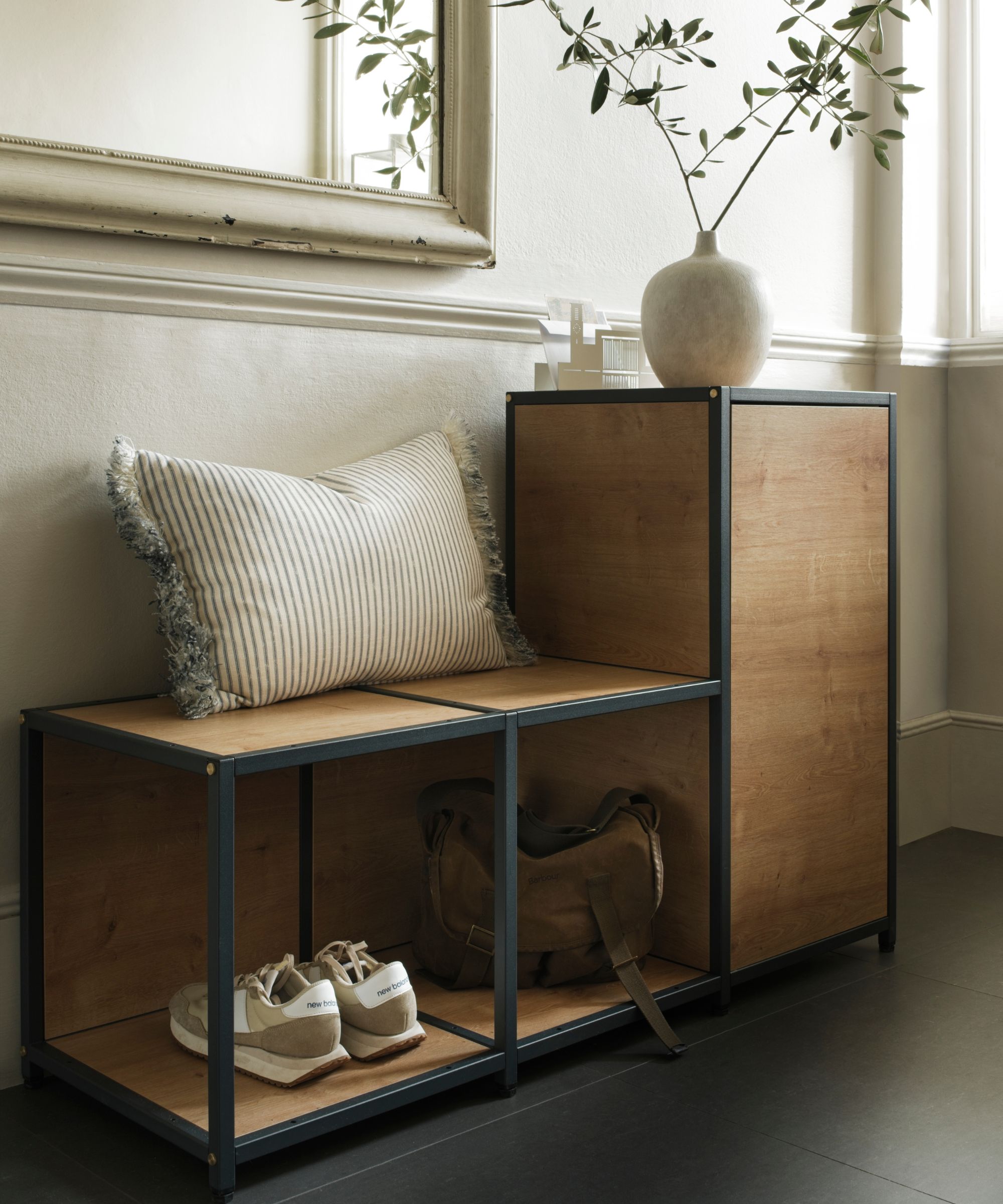
While some decluttering tasks are small enough to be done daily or weekly, such as organizing paperwork, or decluttering a fridge, other tasks will be difficult to complete regularly.
To keep your decluttering schedule actionable, categorize tasks into daily, weekly, and seasonal tasks, adding whatever you need to your spring cleaning checklist and fall cleaning checklist.
Emily Guerra explains, ‘Daily you could spend up to 10 minutes daily tidying high-traffic areas like countertops, entryways, or desks. I declutter for five minutes at the end of every workday. Then, dedicate 30-45 minutes weekly to focus on one area or category, such as clothing and laundry, kitchen drawers, or paperwork.
‘Use seasonal transitions, such as spring cleaning or pre-holiday prep, to tackle larger areas like closets, garages, or storage rooms. Spring is an excellent time to donate items you no longer need or use. Finally, set aside one day or weekend annually to review your entire home. Focus on areas that tend to accumulate hidden clutter, such as attics, basements, or digital files.
‘Begin with manageable goals, for example, one drawer or shelf, to build momentum when adding decluttering into your regular schedule to avoid burnout. If the schedule is too ambitious, it can lead to frustration or burnout.’ Emily warns. ‘Starting small is better than not starting at all.’
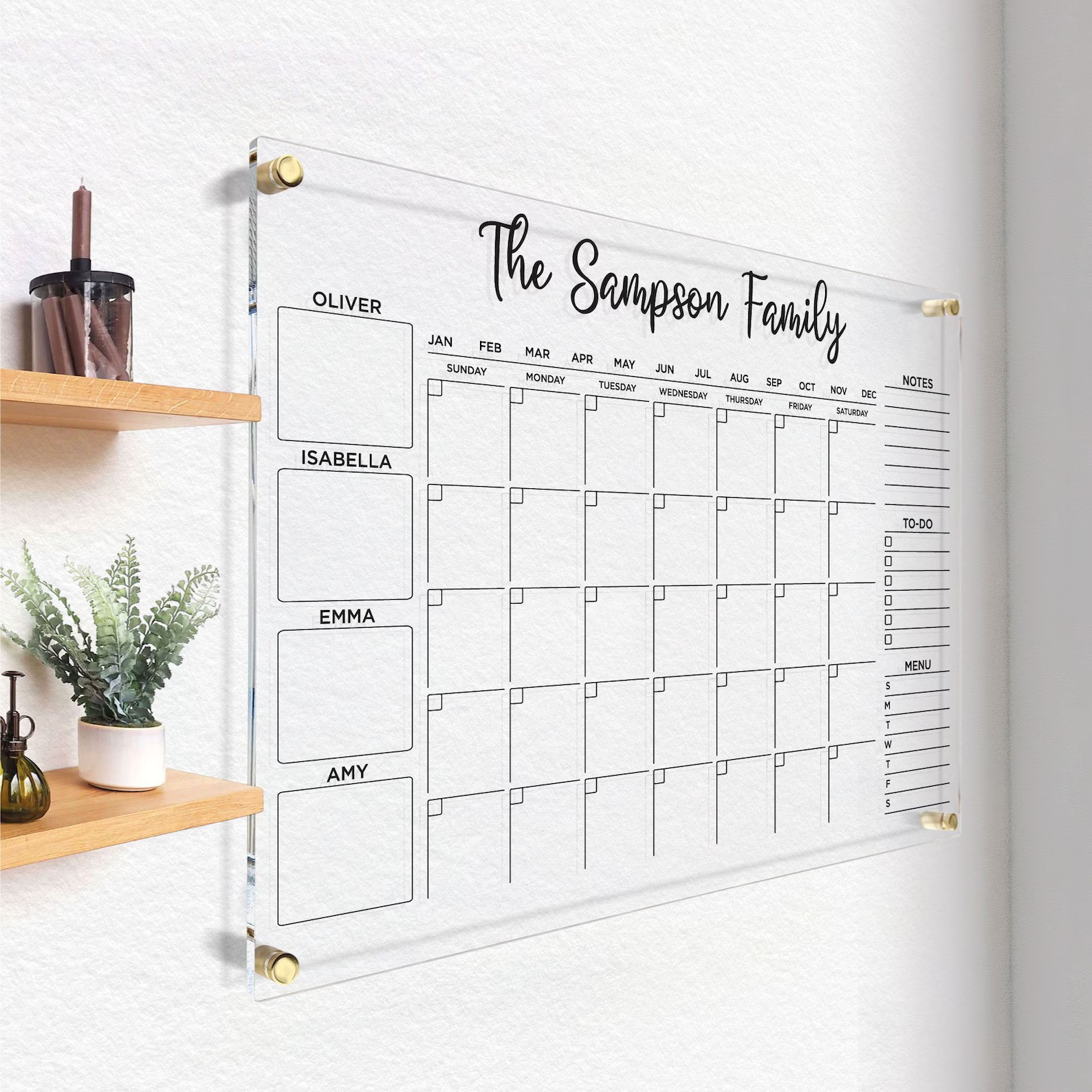
Divide and conquer with this family command center. With to-do lists and a calendar, this wall planner helps to get al the family on board when it comes to decluttering.
3. Establish clear decision making criteria

Jill urges anyone with a decluttering schedule to set themselves some rules ahead of time to make sticking to the plan easier. She explains, ‘establishing clear decision-making criteria can help to reduce hesitation in decision making.’ This reduces decision fatigue and speeds the process up.
When setting out a methodology for decluttering, try out some decluttering rules, such as the 90/90 decluttering rule, or the five-second decluttering rule to be more ruthless when decluttering.
4. Be flexible

As with any scheduled tasks around your home, the key to a successful decluttering schedule is to be flexible, Jill reminds us, ‘Allow for flexibility, adjusting the schedule based on emotional readiness.’
Emily adds, ‘Allow room for adjustments – life happens! Missing one session doesn’t mean you’ve failed. Don’t forget to acknowledge how much better your space feels after each session – it’s motivating!’

Aid your relaxation by making your home smell nice. These non-toxic soy-wax candles use natural essential oils to fragrance your home without polluting the air.
Meet the experts
A good decluttering schedule does more than keep you on track, planned out well with an arsenal of decluttering methods to fall back on should you need them, your schedule can also help you to avoid some common decluttering mistakes for a more organized home.
